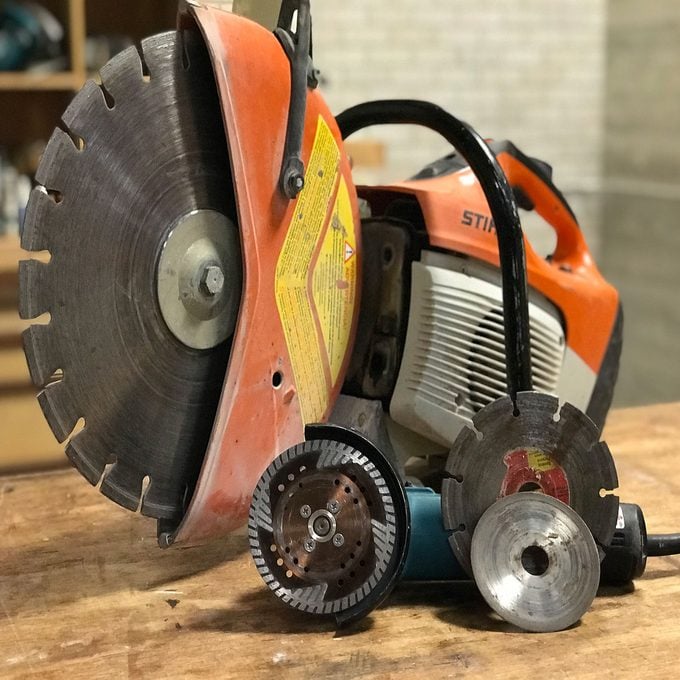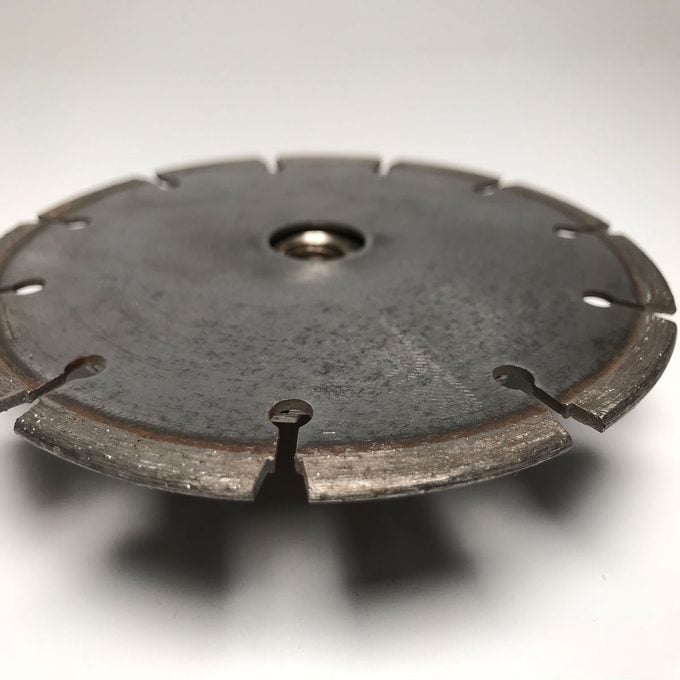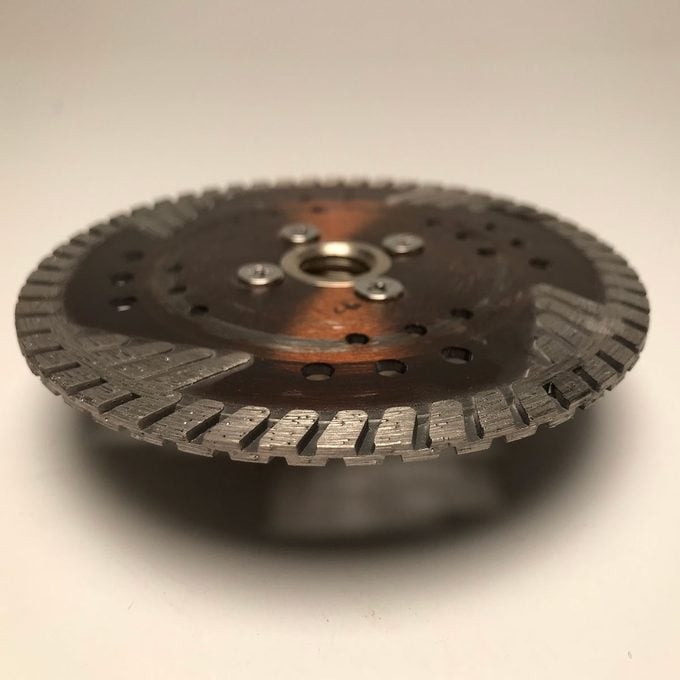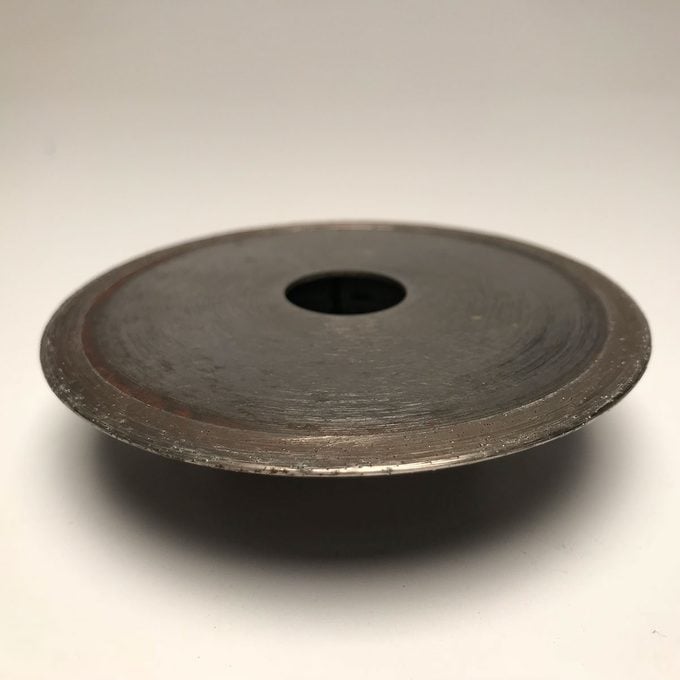Avoid spending a bunch of money on the wrong blade.
Which Diamond Blades Are Best?
On This Page
What to Know Before Buying Diamond Blades
If you work in construction, it’s more than likely that you own a diamond blade or two. Cutting through hard materials like concrete, asphalt, tile, brick, and stone can be challenging, especially when you’re not using the proper blade. It can be a bit overwhelming trying to figure out which diamond blade to choose with all of the options out there.
There are four basic questions you should always ask yourself before picking a diamond blade for your next project:
What are you cutting?
The type of material you want to cut will determine what type of bond to look for. Bonds are the mixture of metals that hold the diamonds together and secure them on the blade. Different bonds have different wear rates depending on their density. Most bonds are referred to as soft, medium or hard. If you’re cutting very dense concrete, a softer bond will perform best. It seems counterintuitive, but you want the bonds to wear down faster when cutting hard materials. That’s because there are more diamonds buried in the bonding material below the surface of a new blade and as the blade wears down more fresh diamonds are exposed. The diamonds on a blade will either wear, fracture or get ripped off the blade. Proper wear is what you’re after. If you’re cutting brick or asphalt, you would want a blade with a harder bond. The diamonds will stay cooler when cutting softer materials which helps them maintain their integrity.
When choosing a blade and determining the hardness of bonds that you will be using, keep in mind that it will not always be listed on the packaging. Typically, the packaging of a blade will make it clear what the blade is meant to be used for. If a blade is made for cutting concrete, the packaging will say concrete and show a picture of concrete. It’s also important to remember that bond strengths are listed differently from manufacturer to manufacturer.
Bond strengths can be listed in numbers of 10,20,30,40,50 or 1000,2000,3000,4000,5000- it just depends on who is producing them. Some companies even label bond hardness by color. Just remember: the lower the number the softer the bond, and the higher the number the harder the bond.
What kind of saw are you using?
Each saw spins at a different RPM, and most blades are designed to be spun at a specific RPM. Installing a mismatched blade on your grinder or saw will result in inefficient cutting and could even lead to serious injuries. The blade package should state the blade’s proper RPM range.
Is it a wet or dry saw?
Years ago, most diamond blades needed a continuous supply of water to keep them cool. That’s because the diamonds were silver soldiered in place and couldn’t handle the heat. The diamonds on modern blades are welded on with lasers and can handle the heat better. But just because a blade is sold as a “dry blade” doesn’t mean that it won’t cut faster and last longer if you keep it cool with water.
What diameter blade is needed?
Diamond blades come in many different sizes. The most common sizes are between 4 and 16 inches. Always use the size that the tool manufacturer recommends.
Types of Diamond bBlades
Segmented blades
These are the most popular general use blades and usually have medium to hard bonds Segmented blades are perfect for dry cutting because segmentation helps keep them cool. Segmented blades are commonly used to cut pavers, concrete and asphalt.
Serrated (turbo)
The serrated edges on these blades pushes the debris out of the way which allows them to make fast smooth cuts. Serrated turbo blades can be used in wet and dry applications. With the soft to medium bonds, this blade is good for cutting tile, natural stone, marble and granite.
Continuous blades
These are the cleanest cutting blades, which makes them ideal for cutting finished edges. These blades are the slowest cutting of the bunch, and they do require water to keep them cool. With their softer bonds they are best for cutting hard material like ceramic tile and porcelain.
























